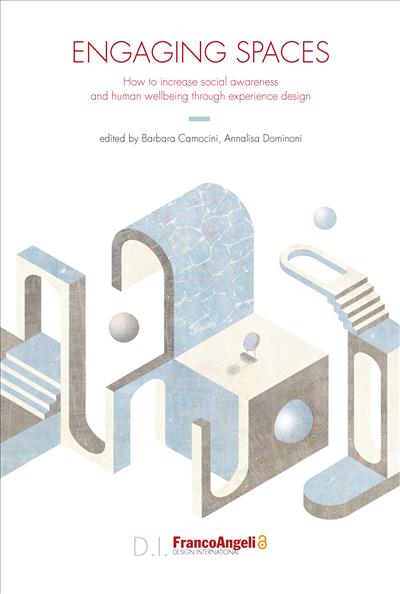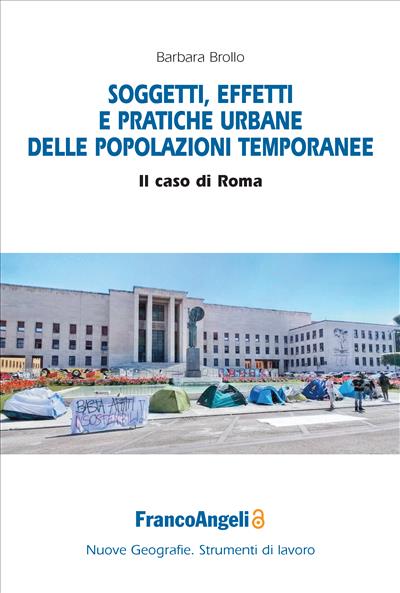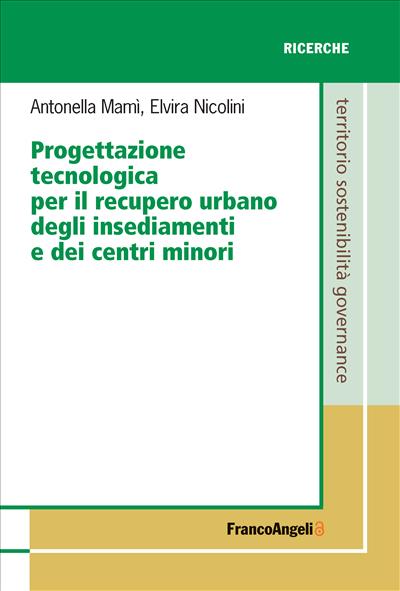
A cura di: Barbara Camocini, Annalisa Dominoni
Engaging Spaces
How to increase social awareness and human wellbeing through experience design
The book presents different perspectives of analysis and new models of experience, reconfirming the importance assigned to the wellbeing and human-centered approach in the contemporary spatial design disciplinary debate. The aim is to explore the transformation process which we are living, both in private and in public spaces, underlining the central role of design to define new qualities of connections to live together in relation with the space around us.
Open Access
0.00
Open Access
0.00
Pages: 164
ISBN: 9788835141747
Edizione:1a edizione 2022
Publisher code: 10319.16




